abbagiuliana
38 posts
Latest Posts by abbagiuliana
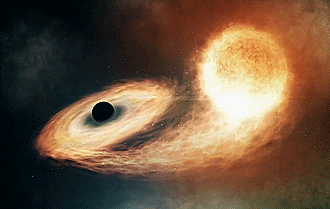
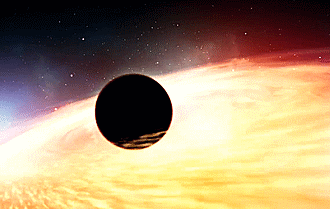


space animation
Science Channel

Cassinis photo of Saturn with a photobomb by the Pale Blue Dot
js







Saturn and Enceladus, from Cassini Spacecraft
Astronomical & Astrological Events in December 🌌
December 1st: Vesta enters Retrograde, Chiron exits Retrograde December 2nd: Mercury enters Capricorn December 7th: Venus enters Aquarius December 9th: Ceres exits Retrograde December 10th: Uranus semi-sextile Chiron December 11th: Mercury at Greatest Eastern Elongation December 13th: Full Moon in Gemini (Supermoon), Geminids Meteor Shower December 14th: Geminids Meteor Shower December 19th: Mercury enters Retrograde, Mars enters Pisces December 21st: Sun enters Capricorn, Ursids Meteor Shower December 22nd: Ursids Meteor Shower December 24th: Saturn trine Uranus December 26th: Jupiter opposition Uranus December 28th: Saturn square Chiron December 29th: New Moon in Capricorn, Uranus exits Retrograde December 31st: Jupiter quincunx Chiron



NASA Moon Mission Shares Insights into Giant Impacts
New results from NASA’s Gravity Recovery and Interior Laboratory (GRAIL) mission are providing insights into the huge impacts that dominated the early history of Earth’s moon and other solid worlds, like Earth, Mars, and the satellites of the outer solar system.
In two papers, published this week in the journal Science, researchers examine the origins of the moon’s giant Orientale impact basin. The research helps clarify how the formation of Orientale, approximately 3.8 billion years ago, affected the moon’s geology.
Located along the moon’s southwestern limb – the left-hand edge as seen from Earth – Orientale is the largest and best-preserved example of what’s known as a “multi-ring basin.” Impact craters larger than about 180 miles (300 kilometers) in diameter are referred to as basins. With increasing size, craters tend to have increasingly complex structures, often with multiple concentric, raised rings. Orientale is about 580 miles (930 kilometers) wide and has three distinct rings, which form a bullseye-like pattern.
Multi-ring basins are observed on many of the rocky and icy worlds in our solar system, but until now scientists had not been able to agree on how their rings form. What they needed was more information about the crater’s structure beneath the surface, which is precisely the sort of information contained in gravity science data collected during the GRAIL mission.
The powerful impacts that created basins like Orientale played an important role in the early geologic history of our moon. They were extremely disruptive, world-altering events that caused substantial fracturing, melting and shaking of the young moon’s crust. They also blasted out material that fell back to the surface, coating older features that were already there; scientists use this layering of ejected material to help determine the age of lunar features as they work to unravel the moon’s complex history.
The Importance of Orientale Because scientists realized that Orientale could be quite useful in understanding giant impacts, they gave special importance to observing its structure near the end of the GRAIL mission. The orbit of the mission’s two probes was lowered so they passed less than 1.2 miles (2 kilometers) above the crater’s mountainous rings.
“No other planetary exploration mission has made gravity science observations this close to the moon. You could have waved to the twin spacecraft as they flew overhead if you stood at the ring’s edge,” said Sami Asmar, GRAIL project scientist at NASA’s Jet Propulsion Laboratory, Pasadena, California.
Of particular interest to researchers has been the size of the initial crater that formed during the Orientale impact. With smaller impacts, the initial crater is left behind, and many characteristics of the event can be inferred from the crater’s size. Various past studies have suggested each of Orientale’s three rings might be the remnant of the initial crater.
In the first of the two new studies, scientists teased out the size of the transient crater from GRAIL’s gravity field data. Their analysis shows that the initial crater was somewhere between the size of the basin’s two innermost rings.
“We’ve been able to show that none of the rings in Orientale basin represent the initial, transient crater,” said GRAIL Principal Investigator Maria Zuber of the Massachusetts Institute of Technology in Cambridge, lead author of the first paper. “Instead, it appears that, in large impacts like the one that formed Orientale, the surface violently rebounds, obliterating signs of the initial impact.”
The analysis also shows that the impact excavated at least 816,000 cubic miles (3.4 million cubic kilometers) of material – 153 times the combined volume of the Great Lakes.
“Orientale has been an enigma since the first gravity observations of the moon, decades ago,” said Greg Neumann, a co-author of the paper at NASA’s Goddard Space Flight Center in Greenbelt, Maryland. “We are now able to resolve the individual crustal components of the bullseye gravity signature and correlate them with computer simulations of the formation of Orientale.”
Reproducing the Rings The second study describes how scientists successfully simulated the formation of Orientale to reproduce the crater’s structure as observed by GRAIL. These simulations show, for the first time, how the rings of Orientale formed, which is likely similar for multi-ring basins in general.
“Because our models show how the subsurface structure is formed, matching what GRAIL has observed, we’re confident we’ve gained understanding of the formation of the basin close to 4 billion years ago,” said Brandon Johnson of Brown University, Providence, Rhode Island, lead author of the second paper.
The results also shed light on another moon mystery: Giant impacts like Orientale should have dredged up deep material from the moon’s mantle, but instead, the composition of the crater’s surface is the same as that of the lunar crust. So, scientists have wondered, where did the mantle material go?
The simulation shows that the deep, initial crater quickly collapses, causing material around the outside to flow inward, and covering up the exposed mantle rock.
The new GRAIL insights about Orientale suggest that other ringed basins, invisible in images, could be discovered by their gravity signature. This may include ringed basins hidden beneath lunar maria – the large, dark areas of solidified lava that include the Sea of Tranquility and the Sea of Serenity.
“The data set we obtained with GRAIL is incredibly rich,” said Zuber. “There are many hidden wonders on the moon that we’ll be uncovering for years to come.”
The twin GRAIL probes were launched in 2011. The mission concluded in 2012.
TOP IMAGE….Orientale basin is about 580 miles (930 kilometers) wide and has three distinct rings, which form a bullseye-like pattern. This view is a mosaic of images from NASA’s Lunar Reconnaissance Orbiter. Image credit: NASA/GSFC/Arizona State University
LOWER IMAGE….GRAIL Gravity Map of Orientale Basin This color-coded map shows the strength of surface gravity around Orientale basin on Earth’s moon, derived from data obtained by NASA’s GRAIL mission. The GRAIL mission produced a very high-resolution map of gravity over the surface of the entire moon. This plot is zoomed in on the part of that map that features Orientale basin, where the two GRAIL spacecraft flew extremely low near the end of their mission. Their close proximity to the basin made the probes’ measurements particularly sensitive to the gravitational acceleration there (due to the inverse squared law). The color scale plots the gravitational acceleration in units of “gals,” where 1 gal is one centimeter per second squared, or about 1/1000th of the gravitational acceleration at Earth’s surface. (The unit was devised in honor of the astronomer Galileo). Labels on the x and y axes represent latitude and longitude. The GRAIL mission was managed by NASA’s Jet Propulsion Laboratory (JPL) in Pasadena, California, for NASA’s Science Mission Directorate in Washington. The mission was part of the Discovery Program managed at NASA’s Marshall Space Flight Center in Huntsville, Alabama. GRAIL was built by Lockheed Martin Space Systems in Denver.



15 000 space rocks and counting
The international effort to find, confirm and catalogue the multitude of asteroids that pose a threat to our planet has reached a milestone: 15 000 discovered – with many more to go.
The number of catalogued asteroids approaching Earth has grown rapidly since the count reached 10 000 only three years ago.
Near-Earth objects, or NEOs, are asteroids or comets with sizes ranging from metres to tens of kilometres whose orbits come close to ours, meaning they could hit our planet.
The discovered NEOs are part of a much larger population of more than 700 000 known asteroids in our Solar System.
“The rate of discovery has been high in the past few years, and teams worldwide have been discovering on average 30 new ones per week,” says Ettore Perozzi, manager of the NEO Coordination Centre at ESA’s centre near Rome, Italy.
“A few decades back, 30 were found in a typical year, so international efforts are starting to pay off. We believe that 90% of objects larger than 1000 m have been discovered, but – even with the recent milestone – we’ve only found just 10% of the 100 m NEOs and less than 1% of the 40 m ones.”
Today, the two main discovery efforts are in the US: the Catalina Sky Survey in Arizona, and the Pan-STARRS project in Hawaii, jointly accounting for about 90% of the new bodies found.
ESA is contributing through its Space Situational Awareness programme, setting up the centre in Italy to combine new and existing European telescope data and support a new network to distribute information.
Maintaining the European risk list “The centre maintains the European Risk List, containing all objects for which an Earth-impact probability cannot yet be ruled out, however low,” says Detlef Koschny, heading the NEO element of the Space Situational Awareness office.
“There is only a tiny impact probability for any known object in the next 40 years, but all NEOs bear close watching to refine and understand their orbits.”
The coordination centre is also the focal point for scientific studies needed to improve warning services and provide near-realtime data to scientific bodies, international organisations and government decision-makers.
In recent years, astronomers working with or sponsored by ESA have concentrated on follow-up observations, confirming new objects and obtaining more reliable orbits. Some of this work was done with ESA’s own observatory on Tenerife in the Canary Islands.
Others have been instrumental in imaging or confirming the orbits of particularly interesting objects, such as asteroid 2016 RB1, which grazed our planet on 7 September 2016 by 34 000 km, within the orbit of many telecom satellites.
In the coming years, the pace of discovery is likely to increase. ESA is developing new ‘fly eye’ telescopes to conduct automated nightly wide-sky surveys with their very large fields of view. These are expected to begin operating around 2018. The Large Synoptic Survey Telescope, being built in Chile, is set to begin hunting space rocks in the near future.
These future telescopes offer the almost complete sky coverage and depth needed for humanity to be sure that as many NEOs as possible are discovered and identified before posing any threat.
This is a stunning “Earthset” as captured by Japan’s Kaguya spacecraft as it passed over the lunar south pole in November 2007. The Japan Aerospace Exploration Agency has recently released hundreds of new high definition images captured during its mission between 2007-2009.
(Video Credit: JAXA / NHK via Planetary Society | Music credit: Olafur Arnalds- “Doria”)




Sadly, Rosetta’s mission has come to an end :(










UNISEX CLOTHING
FUCK T-SHIRT
ALIEN POCKET T-SHIRT
PLANTS ARE FRIENDS T-SHIRT
CAT POCKET T-SHIRT
DAY AND NIGHT T-SHIRTS FOR BESTIES
CAN I BORROW A KISS? T-SHIRT
Aurora straight up
I’M TAKING AN ASTRONOMY CLASS
SUPER HYPE ABOUT IT

I LOVE ASTRONOMY

AND SPACE

AND SCIENCE

AND STARS

Tomen manga de pervertidas /._./

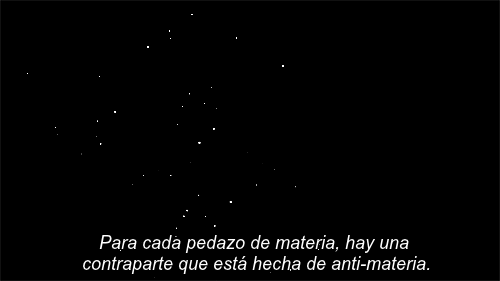
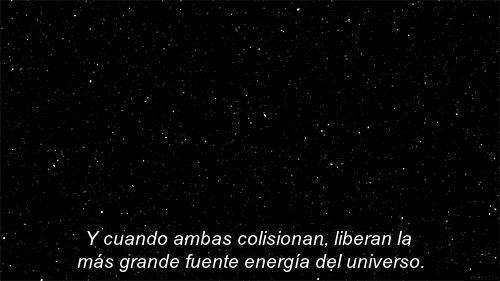
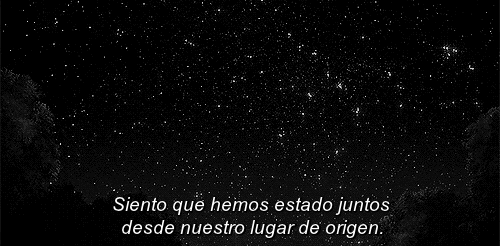
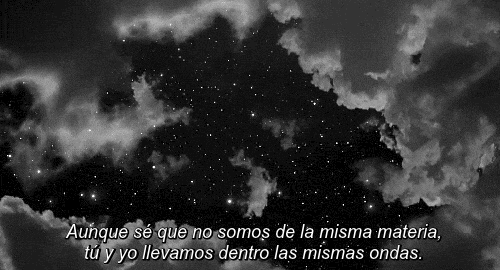

no sé si los gifs se lleguen a mover sdalfasd
And, in the end The love you take is equal to the love you make.
Paul McCartney (via feellng)
#like











2015



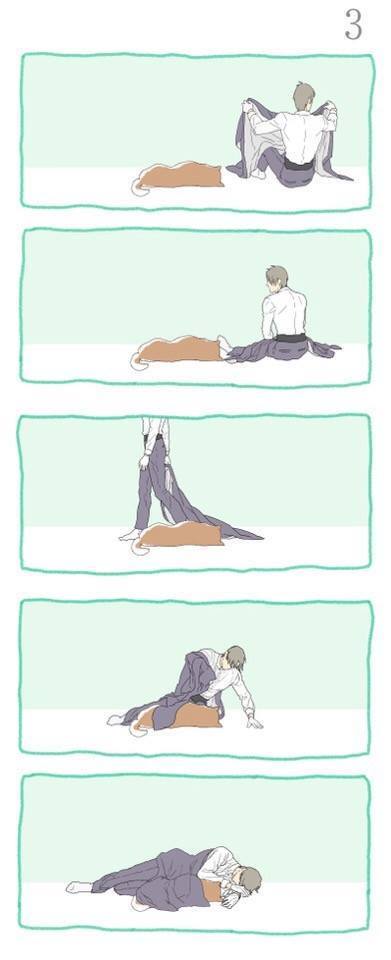




Colegio por 12 años, Universidad por 5 años, y luego trabajas hasta morirte.
¿y cuantos años de felicidad?

Dime, ¿en qué piensas cuando vas caminando sola por la calle mientras escuchas música?
(via todosefuealcarajo)
La vida es eso que se te va mientras sigues reblogueando en tumblr.
Les explico a todos. Así como en tumblr ya se hizo el día del trasero y el día de la vagina, ahora vuelve el gran día DEL PENE, porque nos encantan y tumblr no sería tumblr sin ellos. El día 23 de septiembre del 2015 será el día del pene, así como fue el año pasado. Y así como se hizo con el día del trasero, y el de la vagina la idea es rebloguear todo lo que se pueda que tenga que ver con penes, fotos, frases, chistes y demás. Así que Reblog por los penes para que todos se enteren.

